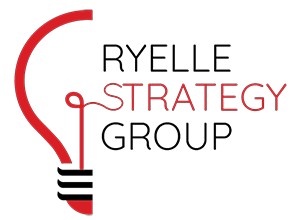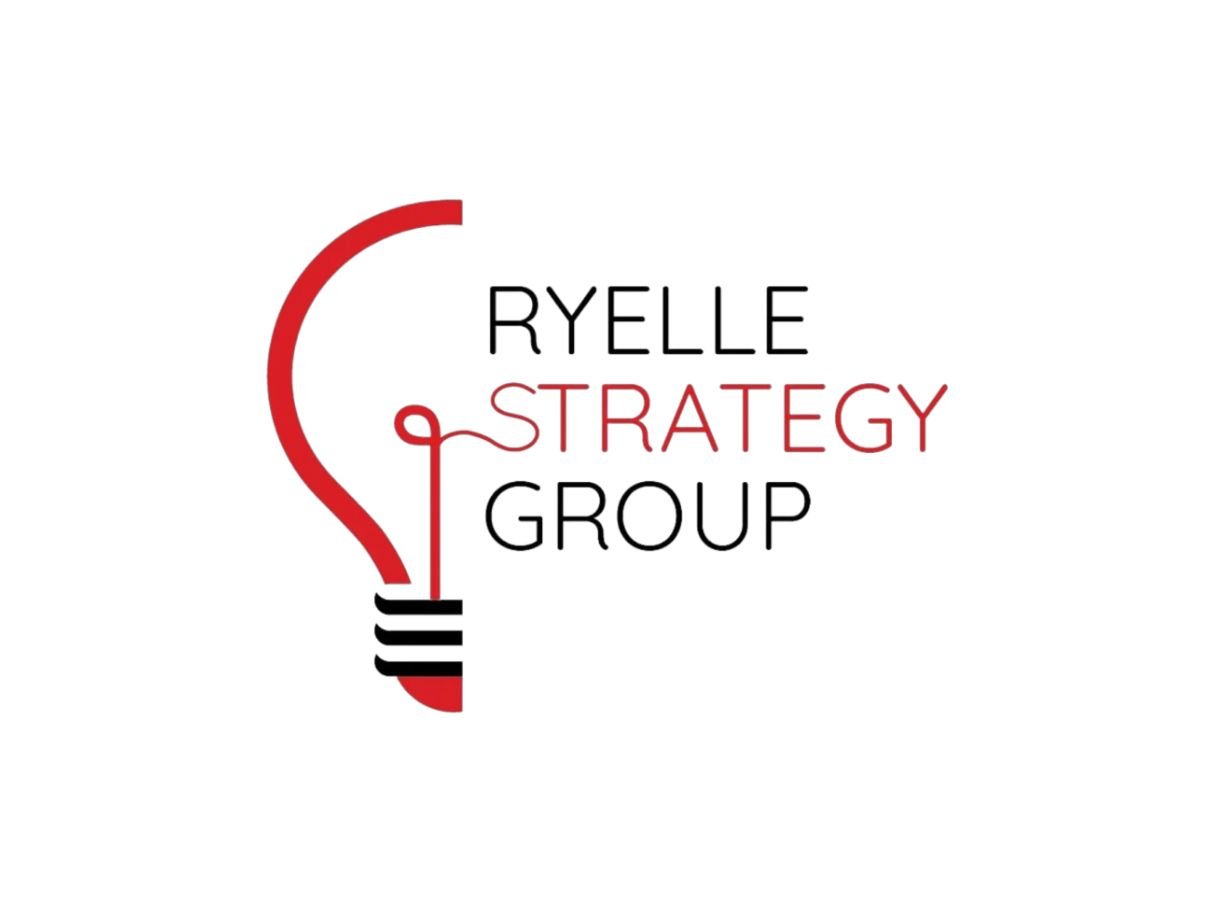In today’s rapidly evolving landscape, organizations face the constant need to adapt to stay relevant and thrive. Transformational change can be a powerful tool when an organization is looking to make a monumental shift in the way it operates such as adopting new technologies and processes, making strategic structural or cultural changes, or introducing a new product or service to its target audience.
This type of change must be handled systematically and with care because one of the biggest challenges is the natural human reaction of resistance to change. Simply put, people prefer what’s familiar but that can be a significant barrier to successful transformation. To overcome this roadblock, leaders must effectively communicate the vision, purpose, and benefits of the transformational change. They need to engage employees, address concerns, and provide the necessary support and resources to navigate the journey.
Let’s explore the pillars of transformational change, how it can benefit organizations, and its potential to drive innovation and success.
What is transformational change?
Transformational change involves reimagining and reshaping fundamental aspects of an organization, such as its strategy, culture, organizational structure, and work processes. This type of change aims to address major concerns or challenges faced by the organization, propelling it forward into new territories and opportunities.
Why do companies need to undergo transformational change?
Transformational change allows businesses to overcome obstacles, seize emerging opportunities, and create a solid foundation for long-term growth and sustainability.
Organizations undertake transformational change in response to factors that necessitate a radical shift in their operations. These factors may include the need to adopt innovative technologies, respond to evolving market trends, introduce strategic revisions, address cultural issues, or launch new programs or services to stay competitive in their sector. Whether the change is within an internal or external facet of the organization, its goal is ultimately to contribute to the evolution of the organization.
Some examples of transformational change include:
- Reworking employee onboarding processes: Reimagining employee onboarding processes can enhance efficiency and improve the overall experience of integrating new employees into the team.
- Redesigning/rebuilding a company’s digital presence: A complete redesign and rebuild of a company’s website and branding can transform its online presence, enhance user experience, and align with modern design trends.
- Embracing new technologies: Moving from legacy technology systems to more modernized software and platforms can leverage advanced technologies to enhance productivity, streamline processes, and improve decision-making.
- Rethinking company structure: Whether it’s on the leadership executive team or within departments, aligning teams and breaking down silos enable organizations to enhance the agility, responsiveness, and adaptability of their operations.
Creating a framework for successful transformational change
While transformational change requires time and effort, certain strategies can ensure its success. These include:
- Build a well-defined, inclusive transformation strategy: Developing and communicating a comprehensive strategy that outlines the approaches and goals of the change and involves employees throughout the process can help employees feel like they have a voice. By fostering inclusivity, organizations can ensure that everyone feels a sense of ownership and purpose in the transformational journey.
- Gain alignment across all stakeholders within the organization: To achieve successful transformational change, alignment throughout the entire organization is crucial. When leaders ensure that all teams understand and embrace the change, it paves the way for collaboration, coordination, and a shared vision for success.
- Provide skills training and support:
- Empowering employees with the necessary skills and knowledge to adapt to change is essential. Offering training programs and professional development opportunities helps individuals embrace new processes, technologies, and ways of working. By investing in their growth, organizations foster a culture of continuous learning and enable employees to navigate transformational change effectively.
Transformation as a path to sustainable success
Transformational change represents a powerful catalyst for growth and innovation in today’s dynamic and evolving workplace.
By embracing and managing transformational change effectively, organizations can achieve benefits such as unlocking their full potential, enhancing stakeholder responsiveness, managing cost efficiencies, and achieving long-term success. While the journey to transformational change may be challenging at times, undertaking strategic planning, inclusive strategies, leadership alignment, and skills development can pave the way for successful change that propels organizations toward sustainable success and a brighter future.
Ryelle’s People, Culture, and Capacity services empower leaders to create meaningful change that strengthens and propels employee and organizational performance towards unparalleled success. Through a comprehensive examination of an organization’s structural and cultural framework, our experts uncover gaps and opportunities to implement transformational change. Armed with this knowledge, we guide organizations towards purposeful actions, ensuring the creation of a sustainable shift in workplace culture that will shape a new era of excellence.
If you’re interested in learning more about how Ryelle’s experts can steward your organization’s transformational journey, reach out to our team.




